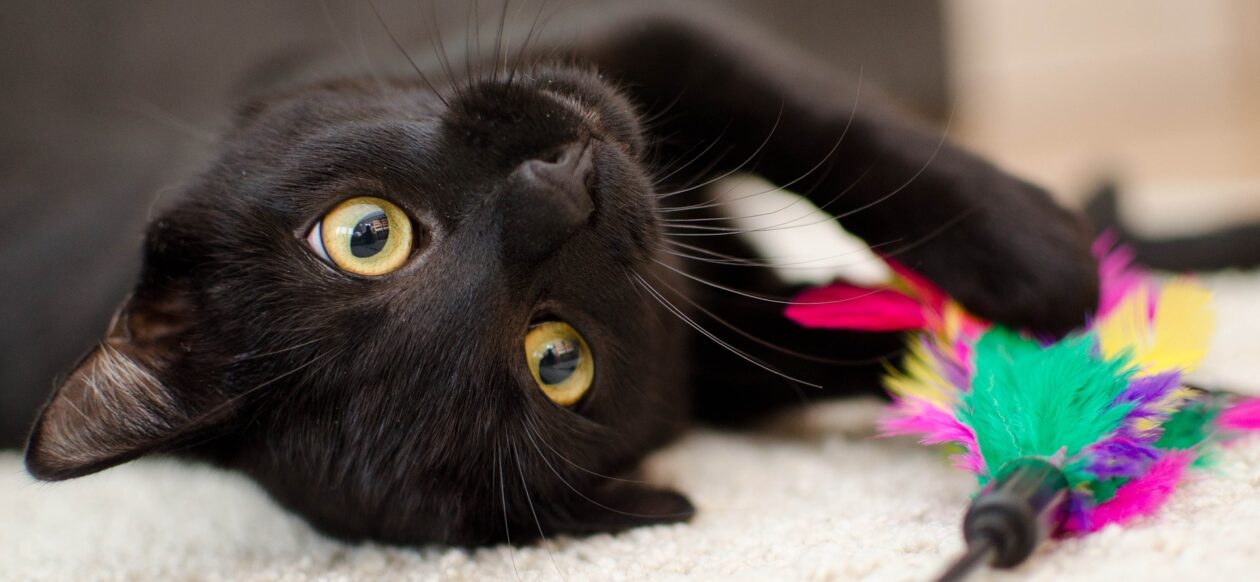Sometimes change is unavoidable for our cats, like moving into a new home, bringing home a new baby, having house guests, or adopting a new dog or cat. All of these can truly rock a cat’s world and trigger behavior changes. Sometimes even the slightest change can cause some cats to become uncomfortable, fearful, stressed, and anxious. Here’s how to create a happier, stress-free environment for your cat and ways to enrich their environment at home.
Cats are very vulnerable to changes in their life, and they will often show us when they are feeling anxious and uncomfortable by hiding more often, obsessively licking or vocalizing more, uncontrollably chewing or drooling, sleeping all day or more than normal, urine marking or even potting outside the litter box. Sometimes external changes in the cat’s home environment can even negatively impact your cat’s overall health and quality of life.











